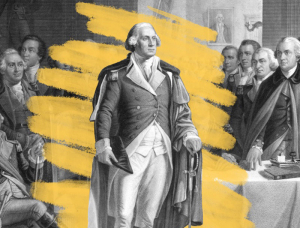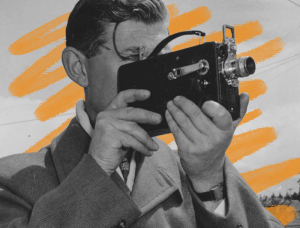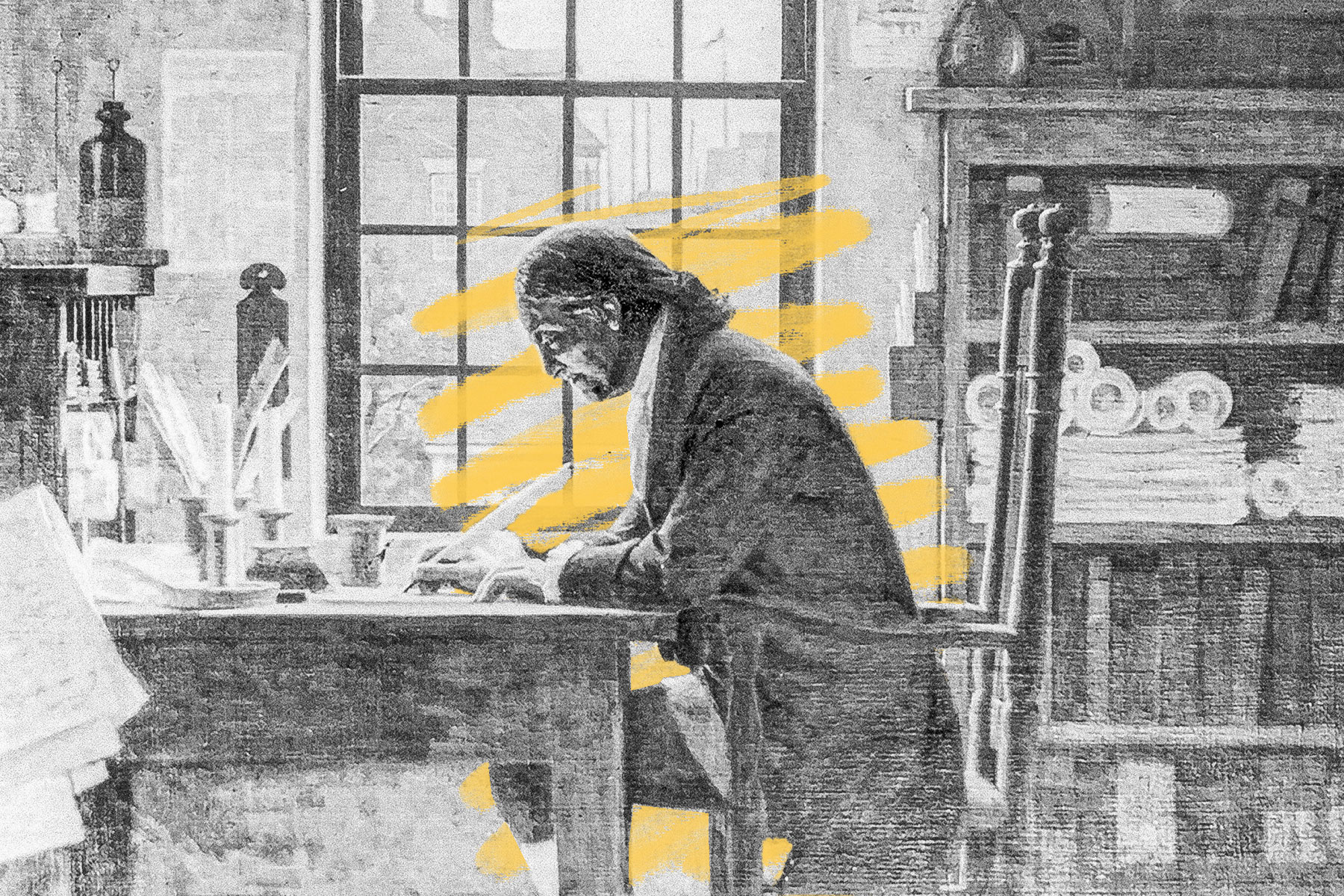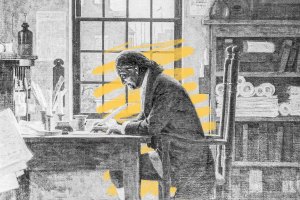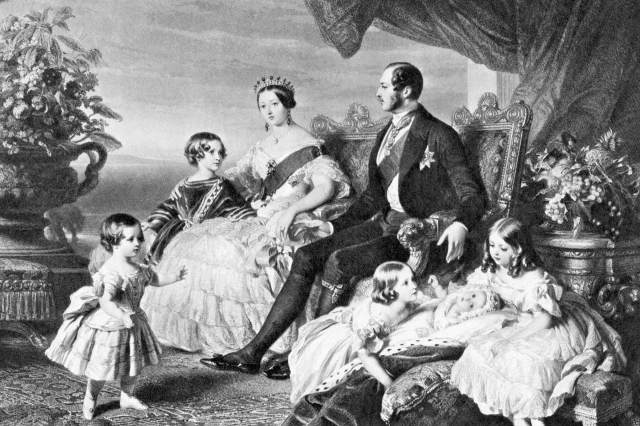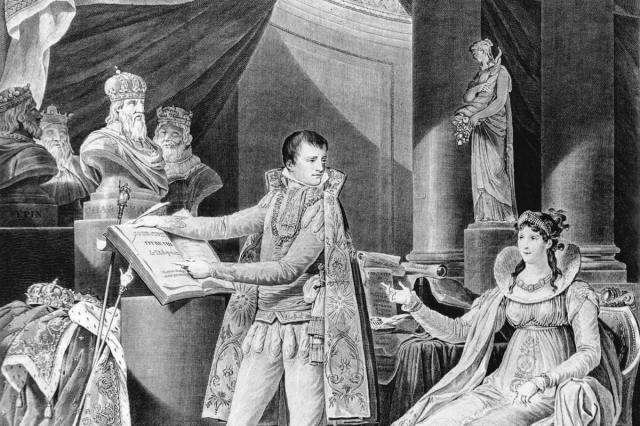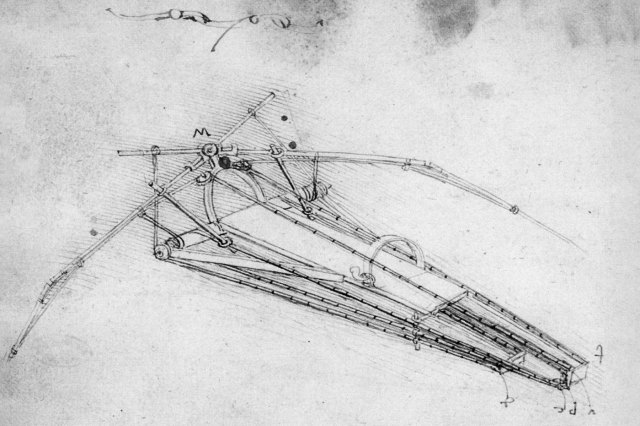Benjamin Franklin created a new alphabet.
When he wasn’t busy experimenting with electricity or dismissing our national symbol as “a bird of bad moral character,” America’s most eclectic founding father had an even stranger pastime: creating a new alphabet. Benjamin Franklin began working on what he called a “Reformed Mode of Spelling” in 1768, envisioning his phonetic alphabet as “a more natural order” that consisted mainly of “sounds formed by the breath, with none or very little help of tongue, teeth, and lips; and produced chiefly in the windpipe.” He removed six consonants he considered superfluous — c, j, q, w, x, and y — while also adding two new vowels and four new consonants.
Under Franklin’s system, each letter could be pronounced only one way (hence why letters such as “c,” which have both “soft” and “hard” pronunciations, were removed). “Long” vowel sounds were achieved by simply using the letter twice in a row. This, he reasoned, would lead to fewer misspellings. Franklin tested his alphabet in a 1768 letter to Polly Stevenson, the daughter of his landlady in London, that ends with “ɥi am, mɥi diir frind, iurs afeks̸ɥnetli, B. Franklin” — “I am, my dear friend, yours affectionately, B. Franklin.” Given the fact that you’ve likely never read such a sentence before, you already know that the alphabet never caught on.


